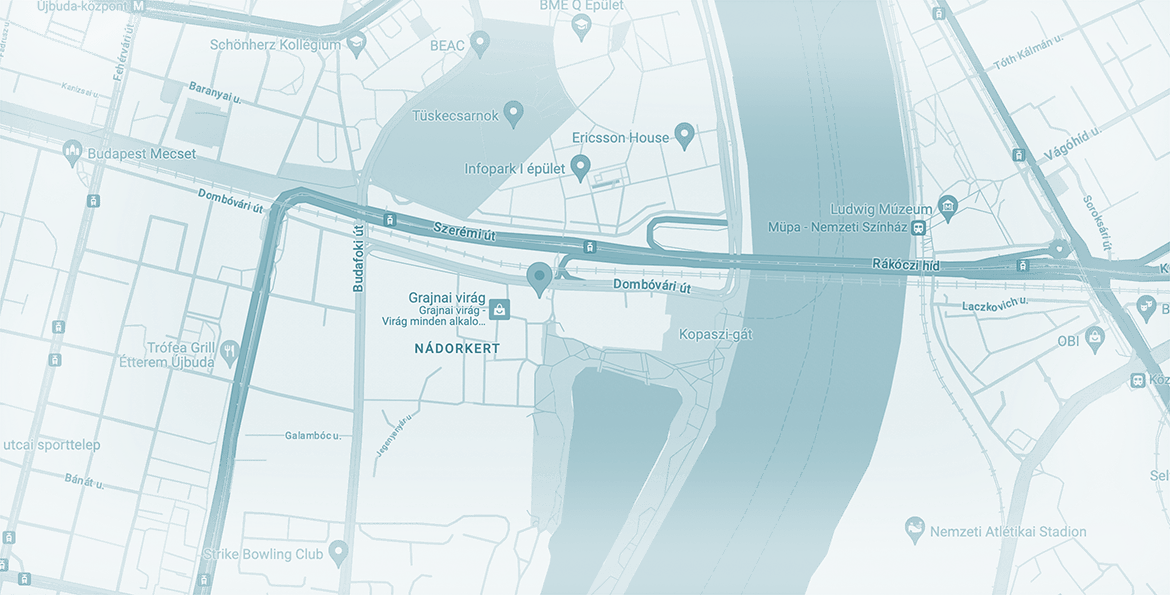
Options for KATA taxpayers starting from September
After new restrictions on the KATA tax regime made it impossible for many current KATA taxpayers to continue doing business under the same rules, we have compiled a set of options they can choose instead, complete with drawbacks and pitfalls.
After new restrictions on the KATA tax regime made it impossible for many current KATA taxpayers to continue doing business under the same rules, we have compiled a set of options they can choose instead, complete with drawbacks and pitfalls.
Last updated on 2 January 2023.
KATA: the tax for small taxpayers
10 years ago, KATA was introduced to encourage people do business in an easy, transparent, and taxable way, contributing to the “whitening” of the economy as well as promoting a business culture of accountability. With lately a HUF 12 million limit on yearly income, it targeted not only the self-employed, but also those running a side hustle or a limited partnership company. Here we have written about how many of these current KATA taxpayers are now losing their eligibility for KATA or how these businesses become unfeasible.
Since KATA taxpayers include a wide range of businesses, let us now consider what options each of them has based on current data. (The new KATA law was announced on 18 July 2022, and is supposed to come into force as of 1 September 2022. Watch this space for any updates.)
Limited partnership company (“betéti társaság”, or BT)
Limited partnership companies are simply not included in the list of optional KATA taxpayers in the new KATA law. From September, they must decide whether they want to pay taxes under regular corporate tax (TAO) or the small business tax (KIVA). In either case, not only their taxes will increase but also the costs connected to accounting services.
- In TAO, corporate tax is 9% of the profits.
- In KIVA, the tax is 10%, but the tax base is different: it is the sum of dividends taken, the balance of capital changes, and personnel related expenses.
To learn more, read our short comparison, and check out our KIVA vs. TAO calculator here. Under both regimes, various costs can decrease the tax base. To sum up, KIVA might be more favorable for businesses where owners do not want to take too much dividend from the company, using most of the profit for future investments. However, this is typically not how most limited partnership companies work, so coming up with a new operating structure might be difficult for them.
At the same time, closing the company takes months even through simplified liquidation, which puts an added financial burden on the owner. As a result, limited partnership companies find themselves in a tight spot.
UPDATE: Under a new regulation, if a limiter partnership is liquidated under simplified liquidation, the general partner is allowed to become self-employed as soon as the procedure is initiated, so they will not lose time and business while the company is being deleted.
Read more about options for limited partnerships here.
Self-employed may choose flat-rate taxation
While KATA remains an option for the self-employed, one of the new conditions stipulates that clients can only be natural persons. This makes many self-employed KATA taxpayers ineligible for this tax regime. Now they have two main options: regular taxation for the self-employed or flat-rate taxation.
- Under regular taxation, the self-employed entrepreneur pays the entrepreneur’s personal income tax, which is 9% of their profits, while they pay dividend tax (15%) on the dividend they take, alongside social contribution (18.5%) and social contribution tax (13%). Expenses supported by invoices may be deducted from the revenue.
- Under flat rate taxation (“átalányadózás” in Hungarian), the taxpayer does not pay a separate profit tax. However, they pay personal income tax (15%), social contribution (18.5%), and social contribution tax (13%) on their profit. The tax base is calculated not by deducting expenses supported by invoices, but by considering a flat rate of income as costs (between 40% and 90%).
Flat-rate taxation can be applied only under a yearly revenue ten times the yearly minimum wage, so in 2023 under HUF 27.84 million. The expense rate depends on the business activity (see more about that here), but for freelancers in general the 40% expense rate applies, meaning that taxes are paid after 60% of their revenue.
The greatest disadvantage of both regular and flat-rate taxation is that full-time entrepreneurs must pay a minimum contribution each month – even if their revenues are under the minimum contribution. The minimum contribution is defined based on the minimum wage (in 2023 HUF 232,000) and the guaranteed minimum salary (in 2023 HUF 296,400), and it depends on whether the work involved requires at least secondary education or not. Since most freelance work requires a higher education, there the higher tax base applies.
At the same time, no income tax is to be paid after the first HUF 1.392 million in taxable income (that is half the yearly minimum wage). This makes flat-rate taxation especially favorable for self-employed entrepreneurs running a side-business beside a full-time job. Since contributions are already paid for by the day job, they only have to pay the personal income tax, which is zero after the first HUF 2.32 million in revenue at a 40% expense rate. Mind you: when choosing flat-rate taxation in the middle of the year, the income threshold is NOT applied proportionately, so you can take advantage of the full tax-free amount.
Read more about flat-rate taxation here.
The word of the law
Please note: The new KATA law was published with a problematic part in its text. Because of that, the National Association of Hungarian Accountants complained that KATA taxpayers cannot switch to flat-rate taxation as of September 2022, only either retroactively starting from January 2022 (which is nonsense), or at the turn of the year, starting from January 2023. In response, the Ministry of Finance confirmed that switch to flat-rate taxation is indeed possible starting from September.
At the same time, since the yearly limit of KATA revenues has been raised to HUF 18 million, current KATA taxpayers are now allowed to invoice HUF 12 million till the end of August (instead of the previously proportionate HUF 8 million), even if payments will be made only later. This way it is possible to invoice clients still in August even if they can pay only later, then suspend your business or stay under regular taxation until the end of the year, and switch to flat-rate taxation starting from January 2023.
Is the new KATA law final?
As seen above and detailed in previous articles, the new KATA law has various problems, which has given cause to widespread social discontent. About 450,000 businesses are upset in the middle of the fiscal year, affecting the lives of ca. 1.5 million stakeholders (the dependents of KATA taxpayers), with unfathomable ripple effects. At this point, the new law comes into force in September as it is. Should there be any changes to that, we will make sure to let you know as soon as possible.
Did you like this article? Follow us on Facebook to remain up to date about business taxes in Hungary, or contact us today to ask for consultancy for your Hungarian business.
Contact
Get in touch today
Monday - Friday
9am - 5pm CET
Helpers Finance Kft.
Budapart Gate
Dombóvári út 27
Budapest 1117, Hungary
If you’re visiting us, please use entrance A and come to the 2nd floor.



